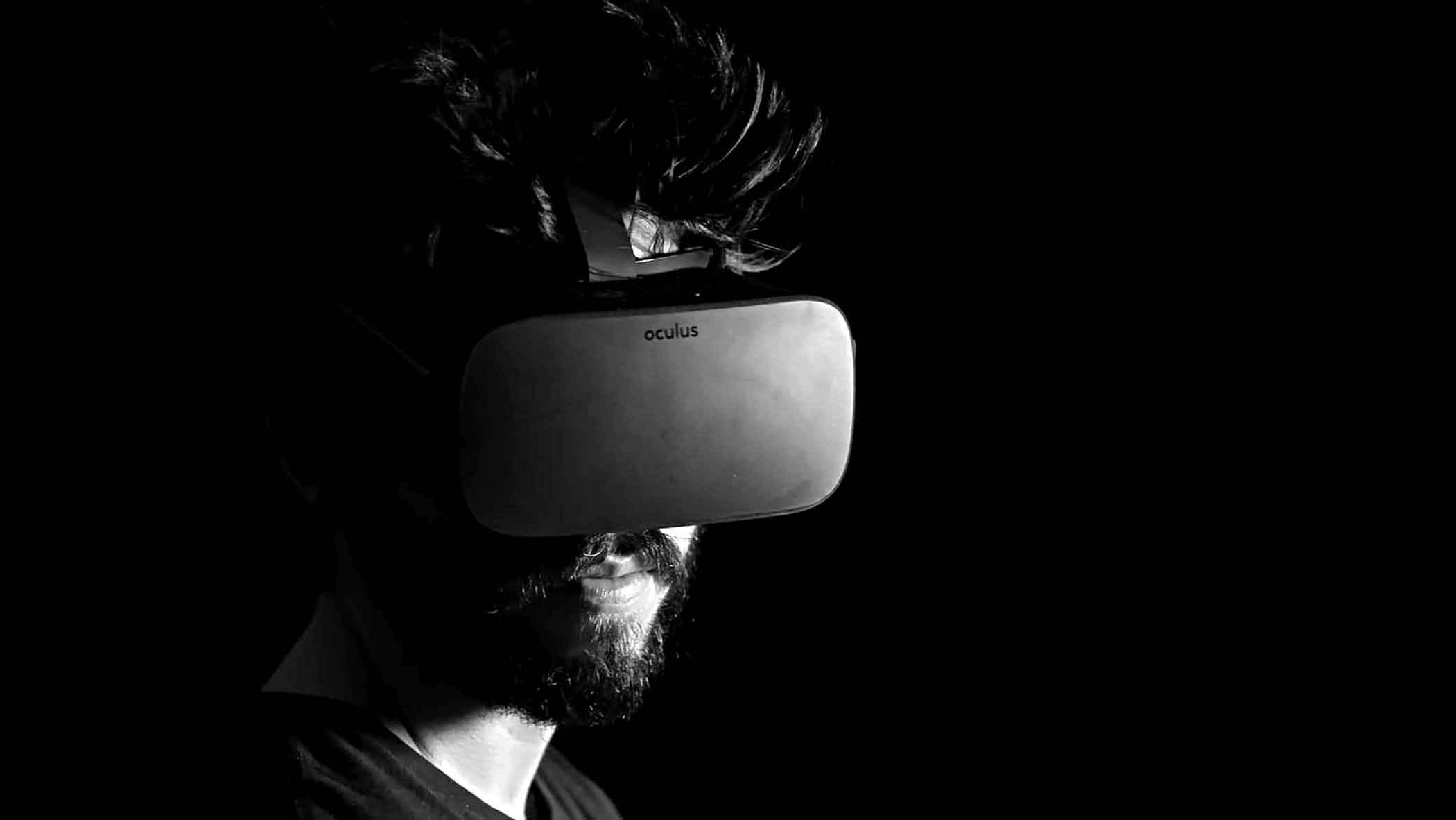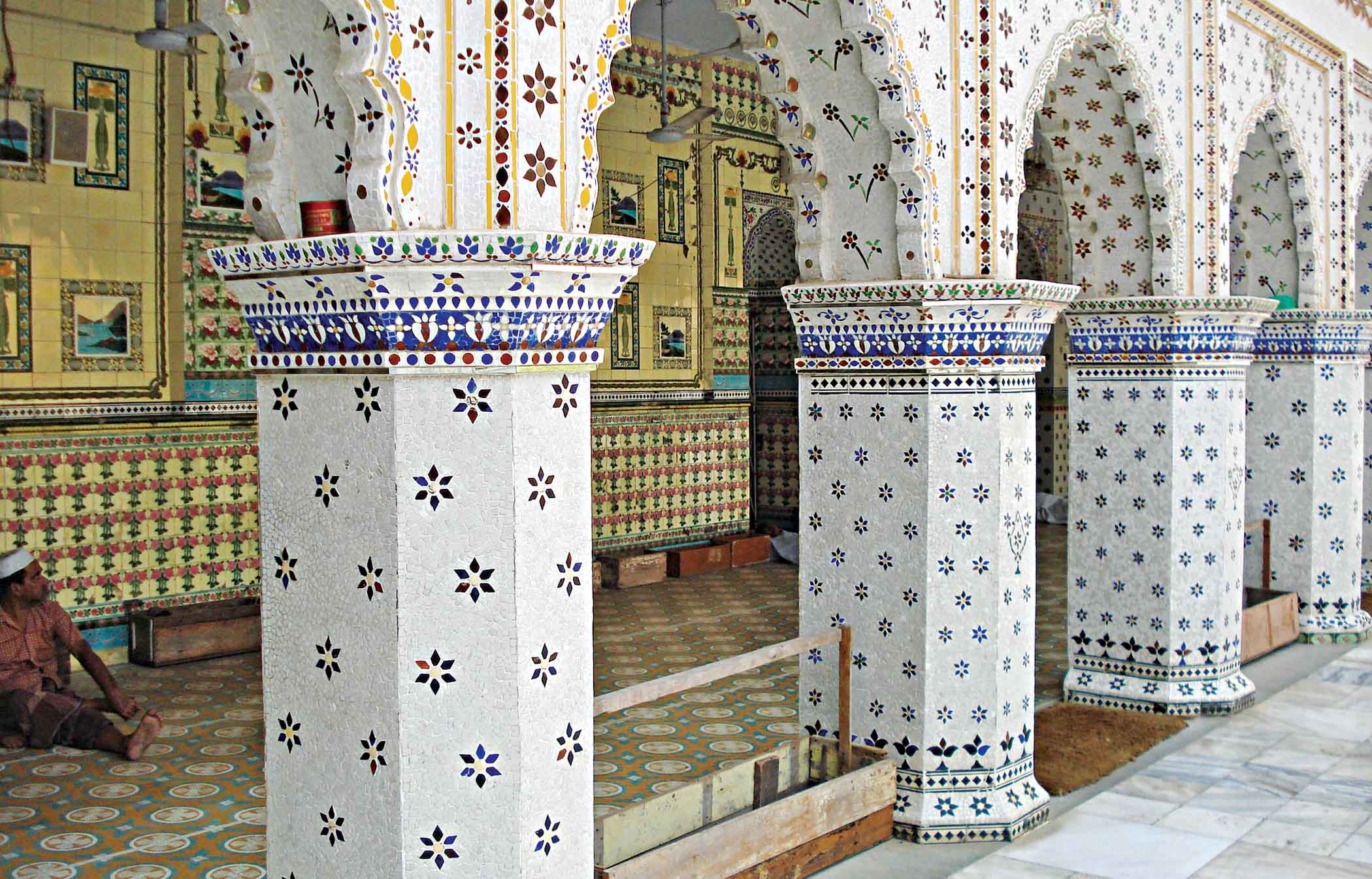Virtual heritage and the future of our past

The once-thriving community of Armenians of Bangladesh can be a real example. Their numbers have gradually diminished over the years and there are now no Armenians in the country. Once, there was a fairly large Armenian colony in Dhaka, concentrated in the neighbourhood of Arrmanitola, during the early part of the 18th century. The Armenian community played a significant role in Bengali trade and commerce in the 17th and 18th centuries. The Armenian Apostolic Church of the Holy Resurrection established by the community in 1781, along with the adjacent cemetery, is a major landmark and tourist attraction of old Dhaka.
From a tourism perspective, Armanitola could have been a thematic heritage site in Old Dhaka with scopes for people to experience bits and pieces of the Armenian culture and cuisine – much like China Towns or Little Indias in many parts of the world. Unfortunately, the historical change took a rather disappointing turn when it came to preserving our heritage and history.
Exploring old Dhaka is increasingly popular among Bangladeshis. With so many mosques, temples and heritage buildings, this area offers tons of travel opportunities. Though Old Dhaka has lost its once panoramic view and historical architecture, it is still our beloved Dhaka where history is struggling to stay alive around every nook and corners of this part of the city. In Bangladesh, cultural heritage organisations are rare and Bangladesh is missing economic opportunities with heritage sites vanishing. In this current pandemic situation heritage tourism has now become a threat for development and preservation efforts.

But all hopes are not lost. By adopting new technologies we can continue to preserve our heritage and open up new horizons. Implementing virtual environment projects; documentation, modelling and presentation urgently articulated to digitising their valuable collections and making the data available to experts, can help safeguard our heritage sites in the new tech frontier. In the face of today's complex challenges, the task seems more urgent than ever.
The future of tourism lies in the development of the virtual environment embedded with heritage; culture and history represented through digital media are often categorised as 'virtual heritage'. In today's world, new media and digital tools offer us the possibility to experience virtually reconstructed historic sites or virtual heritage sites as visitors, travellers or even as a resident.

Vast arrays of digital technologies are being applied worldwide in preserving heritage sites and experiences -- from documentation to preservation, representation, and dissemination. Computers, and especially 3D computer graphic tools, offer a rich variety of aids to conserve cultural heritage. We at Lost Panorama have started the first VR experience in Bangladesh during the walking tour in Old Dhaka and hope that others follow suit to develop a virtual heritage ecosystem, to redeem lost opportunities.
Although virtual heritage, culture and history pose great potentials to reconstruct our past heritage and memory, many critics often blame high cost, development complexity, inaccessibility of technology, complexity in usability and high maintenance for prohibiting widespread dissemination, distribution and use of virtual heritage media. But what we must consider urgently is that we're losing time and we're losing our chance. If we don't act now, opportunities will be lost. The technology is here, all we need now is the act and the will. The time is now. And so in the future.
The author is the Founder and Chief Innovation Leader of Lost Panorama, a historical research-based organisation.
 For all latest news, follow The Daily Star's Google News channel.
For all latest news, follow The Daily Star's Google News channel.